May 15th, 2012 § § permalink
Sponsorship
XinCheJian is asking for 50,000 RMB from the main sponsor of the Soccerbots Exhibition. These costs are the minimum requirements to cover the basic materials, components, tools and support costs. Due to the extreme time constraints, half of the funds (25,000 RMB) must be provided before May 18th 2012. The overall engineering cost of the Soccerbots exhibition is estimated at well over 200,000 RMB when taking into account the cost of the expert engineering team donated by Xinchejian.
The exhibition will be on loan to a space designated by the sponsor for the duration of the event. Given the transportation costs, the sponsor will need to provide the field based on a design and set of specifications provided by XinCheJian.
XinCheJian will provide four robotic teams of seven players, remote controllers for the audience to play, the special football field sensors, the special game ball, and recharging units for the robots. All robots, playing field, remote controls, and equipment must be returned to XinCheJian at the end of the exhibition.
Soccerbots Swarm Robotics Team
XinCheJian has assembled a team of two senior engineers, Michaelis Lutz and Edward Jiang, with over 10 years of robotics experience. Assisting them to build the robots will be more than 10 part-time engineers and designers.
Project Lead Engineers:
Michaelis Lutz
Xinchejian Project Engineers:
Spencer Featherstone, Mika Lin, Valentin Gauffre, Raymond Walintukan, Tim Lan, Chong Yang, Robin Lee, Chris Carey, Infy Zhang
XinCheJian supporting team:
Ricky Ng-Adam and Kevin Chen (proposal), Otto Mao (translation)
Previously Built Robots:
Mr. Lutz and Mr. Jiang have built multiple robots at XinCheJian including:
- “Insectbot” autonomous robots
- Hacked RC car, turned into an autonomous robot
- R2D2 autonomous robot
- Micro-sized line-follower autonomous robot
- Four-legged autonomous walking robot
View a list of projects and pictures here:
Parting words
At XinCheJian, we believe this would be a unique and attention-grabbing exhibition. This will be the first robotic football swarm game in China, which could draw interest from both traditional media and social media. Most important, we think the robots will attract lots of people who will come to watch the robots playing football!
Our organization has positive visibility in the local media including magazines and TV media, many online social networks (such as Weibo) and our own blog. Our sponsor can gain positive exposure by associating itself to this ambitious and attractive project.
We have a strong self-interest in seeing this project succeed and driving traffic to our sponsor to build an audience for the project and enhance our reputation as a creative and innovative space.
概念图Concept Proposals
Figure 1: Audience members watching the Soccerbots playing football.

Figure 2: Proposed 3D model shell for the soccerbot robot exterior.

Figure 3: Concept of external skins for soccerbots, based on European Football teams.

]]>
December 3rd, 2011 § § permalink
Meteroi came by the space and he wants to help with ARM/FPGA classes, buying components, spare parts and providing some of his own hardware so members can experiment.
His big project at the moment is software radio with hardware-acceleration. The hardware component will have a USB and/or Ethernet interface to PC to be compatible with GNURadio. Another similar project, from Microsoft, is SORA. His innovation is to provide an higher performance hardware solution; while other solutions rely on computers for processing and ADC/DAC interface to do the data acquisition, he has everything done in hardware. He’s currently looking for a supportive university or other organization to support his work full-time for 3 to 5 years so he can focus on software integration and hardware improvements. You can read the proposal “An Open Source General Purpose Software Defined Radio Development Platform” (note that the project name will be changed because of trademark conflict).
He’s also really interested in space communication; one of his project is to bounce a radio signal off the moon. Radio communication with space will be very useful to communicate with our space robots as part of the 100YSS project.
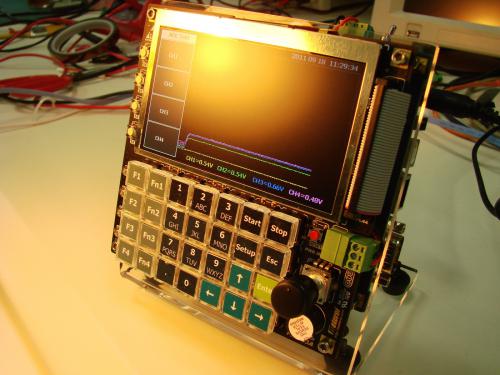 He’ll be giving a class on ARM and FPGA at XinCheJian Saturday December 10th using his own development platform, DevStation 1000E. He will be leaving one development station for members interested in getting some practical skills after the introductory session at XinCheJian (Register Now!)]]>
He’ll be giving a class on ARM and FPGA at XinCheJian Saturday December 10th using his own development platform, DevStation 1000E. He will be leaving one development station for members interested in getting some practical skills after the introductory session at XinCheJian (Register Now!)]]>
November 2nd, 2011 § § permalink
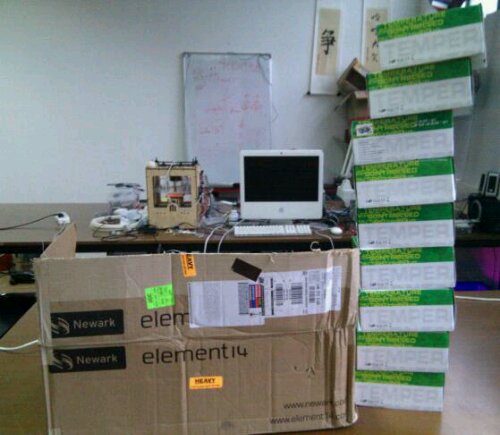
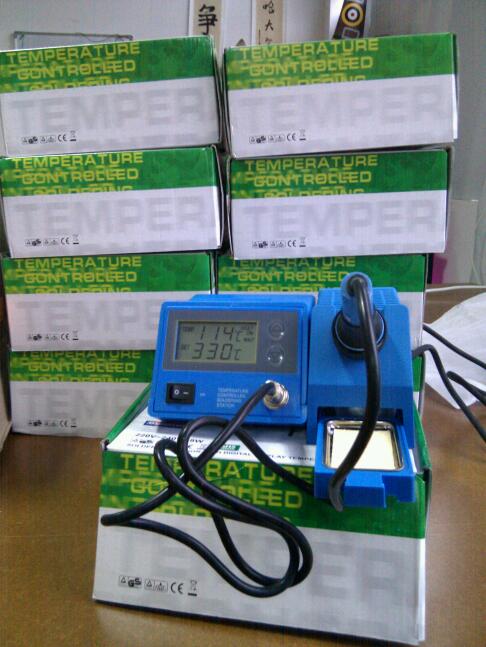 We’ve just received our nine temperature controlled soldering station with digital display! Generously given by ELEMENT14 as participation prizes to for the spring 2011 Great Global Hackerspace Challenge competition.]]>
We’ve just received our nine temperature controlled soldering station with digital display! Generously given by ELEMENT14 as participation prizes to for the spring 2011 Great Global Hackerspace Challenge competition.]]>
October 29th, 2011 § § permalink
September 27th, 2011 § § permalink
Nanode is a set of improvements on the original Arduino board with an integrated Ethernet controller and a design that is easy to hand-assemble while paying attention to some details such as the placement of the board LED and reset switch. The ability to connect to the network gives us a whole new universe of possibilities for Internet-connected devices.
Thanks to Ken Boak and Toby Yu for their generous donation, we’ll be received five free Nanode boards to play with in the XinCheJian hackerspace. Pricing will be around 200 RMB at the moment.
Below is a picture of the first two boards at XinCheJian running the default program (flashing the LED connected to pin #6). The Ethernet controller (ENC28J60) is the same we’ve used in the Transfabric’s interactive door project.
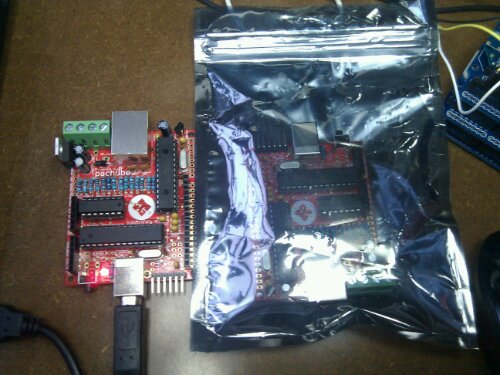 ]]>
]]>
September 21st, 2011 § § permalink
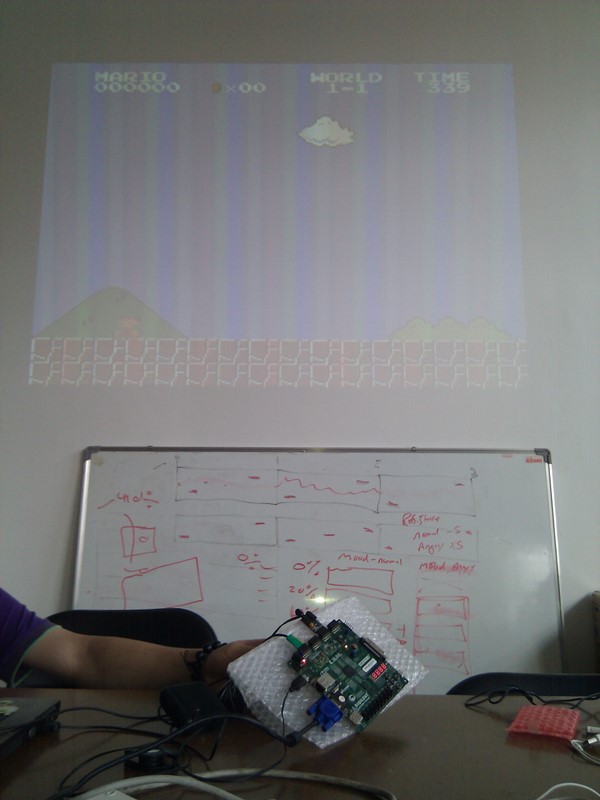 Understanding and mastering digital logic is a key part of becoming a better hacker. As part of getting better skills towards this, we’ve had our first FPGA workshop Sunday September 18th at XinCheJian. The workshop was given by Tinghui “Steven” WANG with the assistance of Qi “Kiki” Yao, both engineers from Digilent Inc. They demonstrated the power of FPGA through various demos such as a 720p real-time video hardware encoding and the FPGA acting as a Nintendo and executing the Super Mario ROM in addition to showing a large variety of FPGA-based projects.
This was followed by step-by-step instructions to create and test our first few VHDL design using the Xilinx ISE WebPack FPGA design software.
They’ve generously donated a Nexys3 Xilinx FPGA development board available for use to any interested XinCheJian member.
Please refer to our initial XinCheJian Wiki page on our efforts to teach digital logic using 7400 ICs and FPGA. Feel free to add your own perspective to that documentation!]]>
Understanding and mastering digital logic is a key part of becoming a better hacker. As part of getting better skills towards this, we’ve had our first FPGA workshop Sunday September 18th at XinCheJian. The workshop was given by Tinghui “Steven” WANG with the assistance of Qi “Kiki” Yao, both engineers from Digilent Inc. They demonstrated the power of FPGA through various demos such as a 720p real-time video hardware encoding and the FPGA acting as a Nintendo and executing the Super Mario ROM in addition to showing a large variety of FPGA-based projects.
This was followed by step-by-step instructions to create and test our first few VHDL design using the Xilinx ISE WebPack FPGA design software.
They’ve generously donated a Nexys3 Xilinx FPGA development board available for use to any interested XinCheJian member.
Please refer to our initial XinCheJian Wiki page on our efforts to teach digital logic using 7400 ICs and FPGA. Feel free to add your own perspective to that documentation!]]>
 Figure 2: Proposed 3D model shell for the soccerbot robot exterior.
Figure 2: Proposed 3D model shell for the soccerbot robot exterior.
 Figure 3: Concept of external skins for soccerbots, based on European Football teams.
Figure 3: Concept of external skins for soccerbots, based on European Football teams.
 ]]>
]]>


 We’ve just received our nine temperature controlled soldering station with digital display! Generously given by ELEMENT14 as participation prizes to for the spring 2011 Great Global Hackerspace Challenge competition.]]>
We’ve just received our nine temperature controlled soldering station with digital display! Generously given by ELEMENT14 as participation prizes to for the spring 2011 Great Global Hackerspace Challenge competition.]]>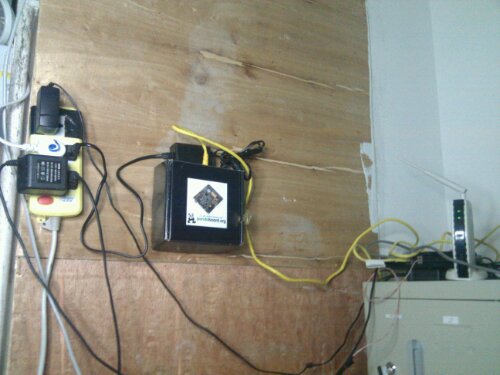
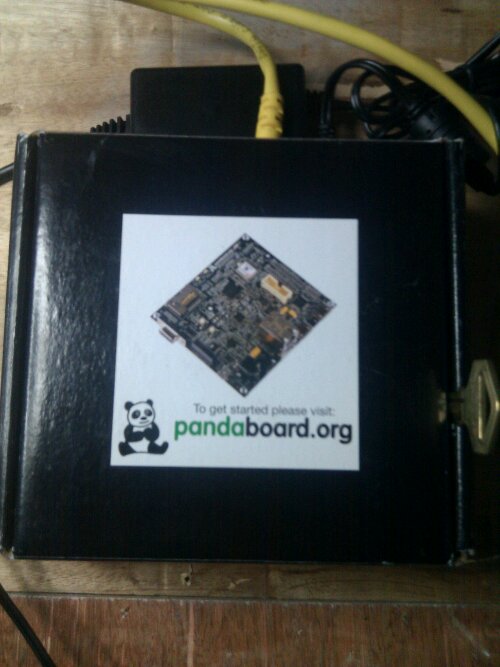
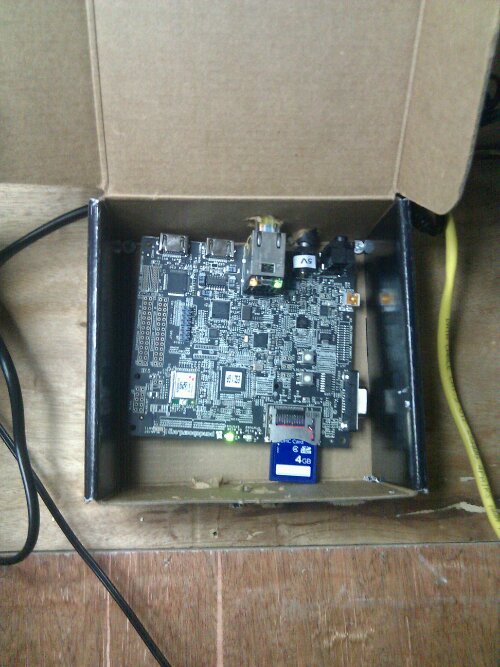 For more information, check our
For more information, check our  ]]>
]]> Understanding and mastering digital logic is a key part of becoming a better hacker. As part of getting better skills towards this, we’ve had our first FPGA workshop Sunday September 18th at XinCheJian. The workshop was given by Tinghui “Steven” WANG with the assistance of Qi “Kiki” Yao, both engineers from Digilent Inc. They demonstrated the power of FPGA through various demos such as a 720p real-time video hardware encoding and the FPGA acting as a Nintendo and executing the Super Mario ROM in addition to showing a large variety of FPGA-based projects.
This was followed by step-by-step instructions to create and test our first few VHDL design using the Xilinx ISE WebPack FPGA design software.
They’ve generously donated a
Understanding and mastering digital logic is a key part of becoming a better hacker. As part of getting better skills towards this, we’ve had our first FPGA workshop Sunday September 18th at XinCheJian. The workshop was given by Tinghui “Steven” WANG with the assistance of Qi “Kiki” Yao, both engineers from Digilent Inc. They demonstrated the power of FPGA through various demos such as a 720p real-time video hardware encoding and the FPGA acting as a Nintendo and executing the Super Mario ROM in addition to showing a large variety of FPGA-based projects.
This was followed by step-by-step instructions to create and test our first few VHDL design using the Xilinx ISE WebPack FPGA design software.
They’ve generously donated a